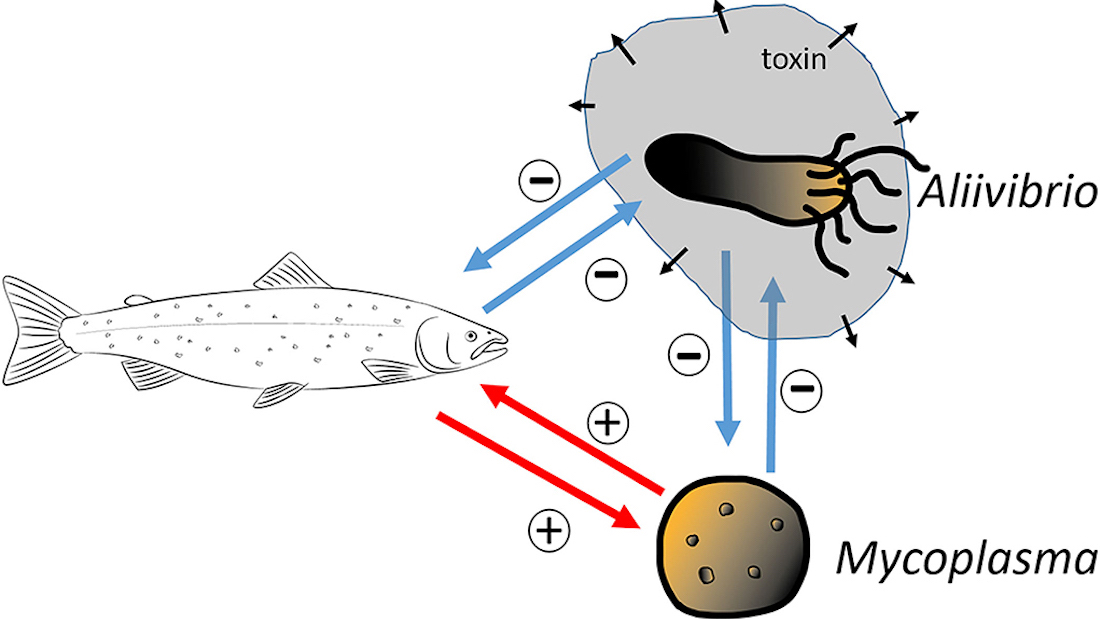Hologenomics viewed through a mathematical lens
A recent paper published by researchers from Center for Evolutionary Hologenomics (CEH) and collaborators on a strategic model of a host-microbe-microbe system not only reveals the importance of a joint host-microbe immune response to combat stress-induced gut dysbiosis but also reveals a remarkable interdisciplinary collaboration between two different EU projects coordinated by CEH.

Associate professor Morten Limborg, the principal investigator on the HoloFood project and Associate professor Shyam Gopalakrishnan, the principal investigator on the FindingPheno project elaborate on the synergy that the two projects creates.
Watching data through a new lens
“What makes this study truly special is our collaboration with our Hungarian colleague Professor István Scheuring from the Centre for Ecological Research, Institute of Evolution in Budapest. He is a brilliant specialist in applied mathematics who has never worked with salmon or microbiome biology before. The synergy created by István joining forces with three researchers from CEH - myself included - who had never worked with applied mathematics before, allowed us to view our biological data through a completely new mathematical lens. This novel mathematical view complements and deepens the way we understand our salmon holobiont system. Similarly, István managed to broaden the impact of his research by applying it to a novel holobiont system. A win-win for all of us.” Morten Limborg says.
Interdisciplinary collaboration
“To me, the main lesson learned is that patience and communication with colleagues from other fields is key and can eventually pay off. Previous ideas of engaging in interdisciplinary collaboration have ended prematurely due to challenges in understanding each other's systems, data, technical language or expertise. Here, in the collaboration between the FindingPheno and the HoloFood projects, István and I had the necessary time and motivation to get to understand each other’s methods and ways of interpreting the data.” says Morten Limborg.
A future of collaborative hologenomics
“Hopefully this study paves the way for many similar interdisciplinary collaborations arising from FindingPheno, as it reflects the general objective of FindingPheno, which is to get mathematicians, statisticians, bioinformaticians and biologists to talk together and come up with innovative solutions to the big challenges in biology.”, adds Shyam Gopalakrishnan.
“We hope to build on the biological data that we collect to develop the necessary novel computational tools to become better at integrating data from host organisms and their associated microbiomes in a single powerful and coherent hologenomic framework. This study hopefully leads the way for many future collaborations similar to this one” Morten Limborg ends.
Read the article open access here.
Contact:
Associate professor Morten Limborg
Associate professor Shyam Gopalakrishnan
